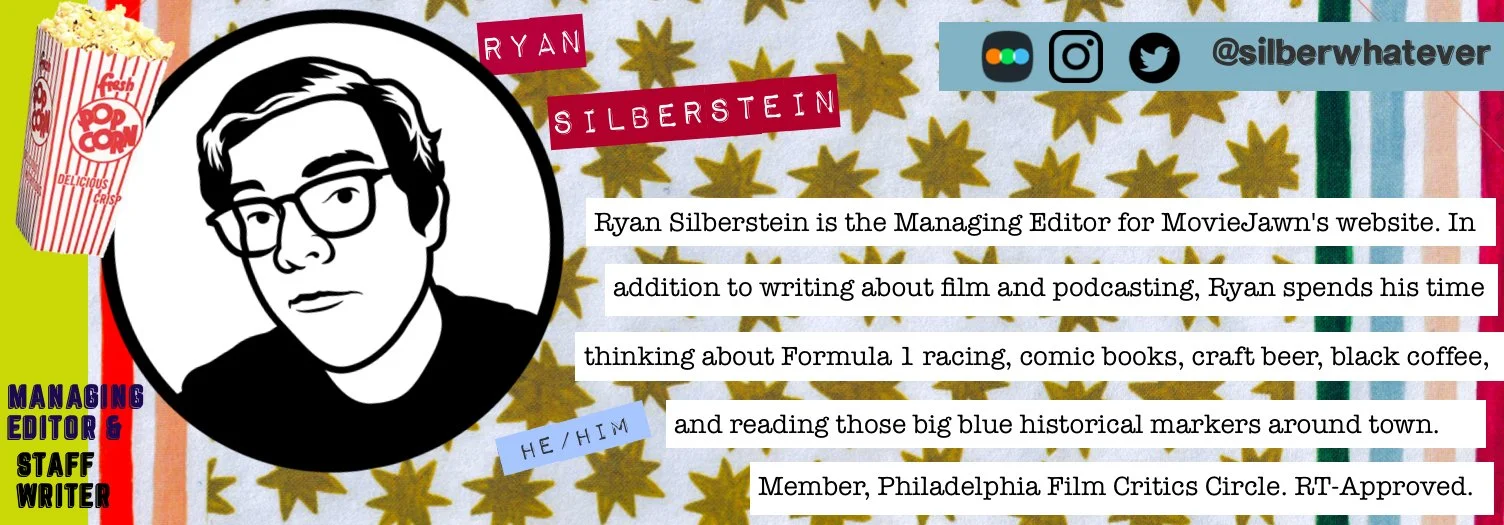THE GREAT BASIN paints a loving portrait with an uncertain future of the American West
Directed by Chivas DeVinck
Unrated
Runtime: 1 hour 32 minutes
In select theaters November 14
by Ryan Silberstein, Managing Editor, Red Herring
In late summer of 2019, I got my first real taste of the American West, driving east from Spokane, Washington to Glacier National Park in Montana. I had been on the west coast a number of times before, but California and the Pacific Northwest feel similar enough to the east coast culturally that other than some of the terrain, they didn’t feel too different from other places I have been. But that six hour drive was like visiting another country. I don’t really mean politically or geologically, though that is true, but culturally. We stopped in Hot Springs, Montana, population 550, for lunch. Despite it being a weekday, the sports bar was populated by us, a half dozen locals, a waitress/bartender, and whoever was working the kitchen. On the wall was a giant display to track every game of the upcoming NFL season, and I realized that I hadn’t been anywhere this far from a city with an NFL team before. The Seahawks are 450 miles from Hot Springs, and the Broncos, the next closest, are almost twice as far away. Driving that direction from Philadelphia in any of the 3 possible cardinal directions will yield at least 3 other teams if you don’t count the Eagles.
The NFL is one of the few things that suggests there is still an American monoculture of some kind, even though it has been a few seasons since I followed the game personally. Sitting in that sports bar, which had the aesthetic of feeling like an elaborate basement bar (given the utilitarian nature of the furniture and the random items that suggested it was also used as storage for someone’s bric-a-brac), it felt warm and inviting. The locals seemed nice, the service was pleasant, and after an hour or so, we were back on the road. But it felt like we had wandered into a community, had a bit of chatting with people we would never see again, and taken our observations with us. It’s been three years, but I still remember everything about it except what I ordered. Imagining what it would be like to live there, where the wind is loud, and the people are sparse is so different I can’t even tell how I would react to it long-term.
Chivas DeVinck’s new documentary, The Great Basin, feels like being on a road trip. The Great Basin is named as such because it is a massive area of North America where water does not flow to an ocean. It contains both the lowest and highest elevation points in the lower 48 states, and encompasses almost all of Nevada, much of Utah, and parts of California, Idaho, Wyoming, Oregon, and Baja California. Directionally similar to the work of Frederick Wiseman, DeVinck assembles a portrait of this geographical area, specifically focused on the connection between people and the land.
The physical elements of this connection are stunningly captured by cinematographer Yoshio Kitagawa. Of course this includes shots of far off mountains foregrounded by buildings or sheep, but also driving through towns that seem to have better days behind them as well. DeVinck is much more concerned by anthropology than geology, with the notable exception of water. There is much discussion of a water pipeline in the film, and the potential future of the populations living in the Basin is very much in doubt due to climate change. The documentary is connected to the past and the future, but never at the expense of capturing the present on video.
Part of the past that shines through are the portrayals of the Indigenous populations throughout. Seeing present day Indigenous cultures helps to dismiss the American myth of “the last Indian'' that is present throughout our depictions of the west. But it doesn’t gloss over the continued efforts at forced assimilation and encroachment by white America. The Native Americans shown, most of them middle age or older, talk about Indian schools robbing them of their language and culture. “All it takes is one generation not to talk,” and a whole language–and with it stories, mythology, and culture–evaporate like water. They also talk about the different kinds of protection they try to get for their land so it isn’t taken over by agribusiness.
DeVinck lets people tell their own stories. Some of the most engaging moments captured in the film feel like they let the subject talk until their rambling reveals truths. There’s a patience and love underlying the entire work, that deep sense of empathy that helps the hopes and fears of the people rise to the surface.


